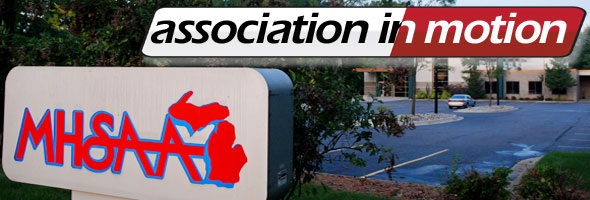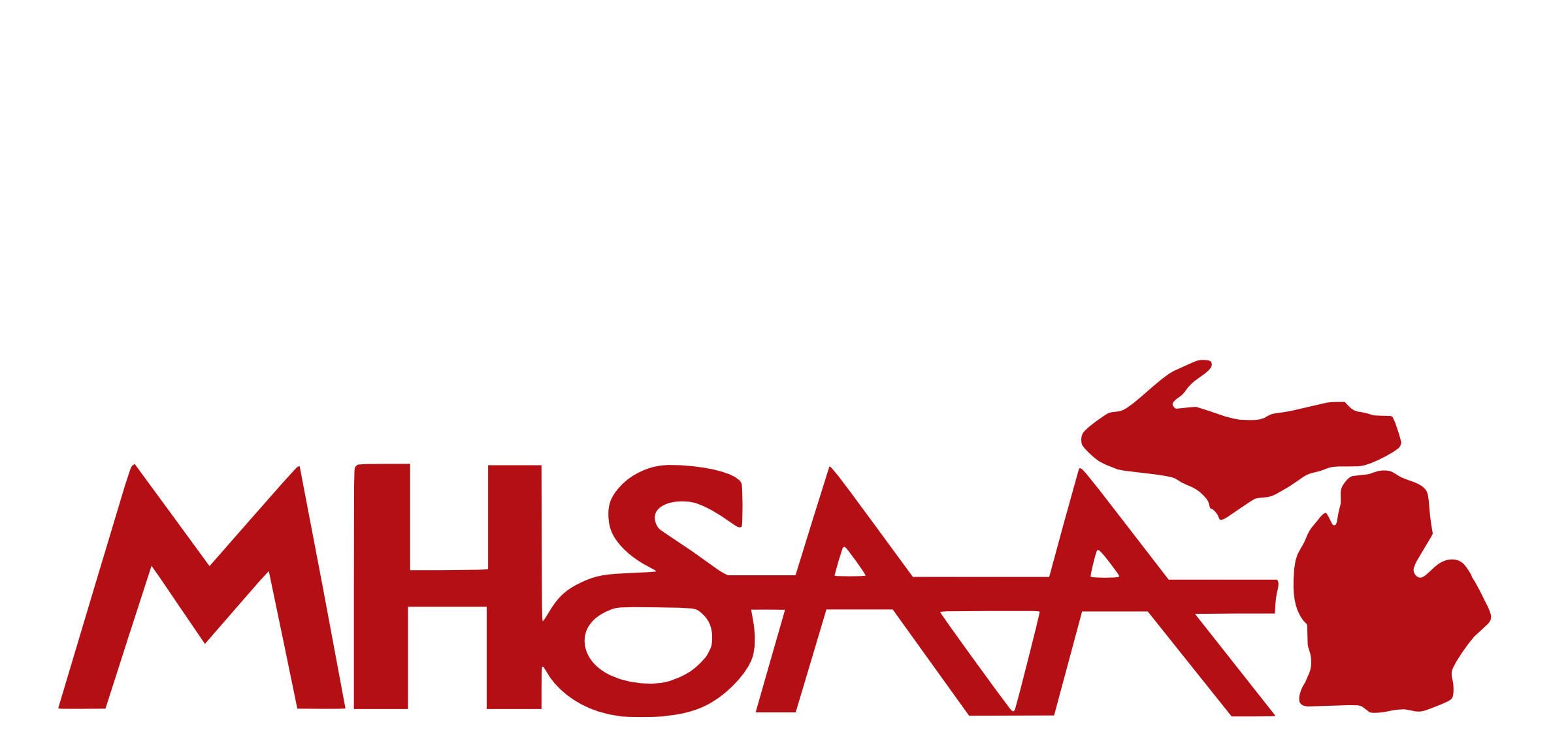
Use of Participate Fees Falls in 2016-17
July 20, 2017
By Geoff Kimmerly
Second Half editor
Just under half of high schools responding to an annual Michigan High School Athletic Association survey assessed participation fees to help fund interscholastic athletics in 2016-17, making it the first school year since 2009-10 that fewer than 50 percent of respondents reported not charging student-athletes to play sports.
The survey, completed by 557 high schools – or 74 percent of the MHSAA membership – showed 49.7 percent charged participation fees, down from 51.5 percent in 2015-16.
There were 750 senior high schools in the MHSAA membership in 2016-17. This was the 13th survey of schools since the 2003-04 school year, when members reported fees were charged by 24 percent of schools. The percentage of member schools charging fees crossed 50 percent in 2010-11 and reached a high of 56.6 percent in 2013-14.
Class A schools remained the largest group charging fees, as 70 percent of respondents did so in 2016-17 and at least 70 percent have charged for the last five years. Class B schools ticked up to 52 percent charging fees, but Class C (42 down from 49 percent) and Class D (35 down from 38 percent) both reported lower percentages of schools charging fees.
Charging a standardized fee for each team on which a student-athlete participates – regardless of the number of teams – remains the most popular method among schools assessing fees, with that rate at 44 percent of schools that assessed fees for the second straight year. Schools charging a one-time standardized fee per student-athlete rose slightly, from 27 to 31 percent over the last year. Also for the second straight year, the survey showed a slight decrease in schools assessing fees based on tiers of the number of sports a student-athlete plays (for example, charging a larger fee for the first team and less for additional sports) and also a slight decrease in fees being assessed based on the specific sport being played.
The amounts of most fees also remained consistent from 2015-16 to 2016-17: the median annual maximum fee per student at $150, the median annual maximum family fee at $300 and the median per-team fee at $75 – all for at least the third straight year. The median fee assessed by schools that charge student-athletes once per year increased again, but only $5 to $125 after showing a $20 increase per student-athlete between 2014-15 and 2015-16.
The survey for 2016-17 and surveys from previous years can be found on the MHSAA Website by clicking here.
The MHSAA is a private, not-for-profit corporation of voluntary membership by more than 1,400 public and private senior high schools and junior high/middle schools which exists to develop common rules for athletic eligibility and competition. No government funds or tax dollars support the MHSAA, which was the first such association nationally to not accept membership dues or tournament entry fees from schools. Member schools which enforce these rules are permitted to participate in MHSAA tournaments, which attract more than 1.4 million spectators each year.

MHSAA 2025-26 School Year Classifications Announced
By
Geoff Kimmerly
MHSAA.com senior editor
April 7, 2025
Classifications for Michigan High School Athletic Association elections and postseason tournaments for the 2025-26 school year have been announced, with enrollment breaks for postseason tournaments posted to each sport’s page on the MHSAA Website.
Classifications for the upcoming school year are based on a second semester count date, which for MHSAA purposes was Feb. 12. The enrollment figure submitted for athletic classification purposes may be different from the count submitted for school aid purposes, as it does not include students ineligible for athletic competition because they reached their 19th birthday prior to Sept. 1 of the current school year and will not include alternative education students if none are allowed athletic eligibility by the local school district.
All sports’ tournaments are conducted with schools assigned to equal or nearly equal divisions, with lines dependent on how many schools participate in those respective sports.
For 2025-26, there are 754 tournament-qualified member schools. Schools recently were notified of their classification, and sport-by-sport divisions were posted to the MHSAA Website today. MHSAA Executive Director Mark Uyl said a school may not subsequently lower its enrollment figure. However, if a revised enrollment figure is higher and indicates that a school should be playing in a higher division, that school would be moved up.
Three MHSAA Finals champions crowned during the first two seasons of this 2024-25 school year are set to move to new divisions for 2025-26. The Orchard Lake St. Mary’s (11-player Division 2) and Deckerville (8-player Division 1) football teams won titles in November but will move into 11-player Division 3 and 8-player Division 2, respectively, this upcoming season. Holland Christian’s boys tennis team – champion in Lower Peninsula Division 4 this past fall – will move into Lower Peninsula Division 3.
Schools also may request to play in a higher classification or division in a sport for a minimum of two years. Requests to opt up in fall sports for 2025-26 must be submitted by May 1, winter sports by Aug. 14 and spring sports by Oct. 15
Visit the respective sport pages on the MHSAA Website to review the divisional alignments for all MHSAA-sponsored tournament sports. Click the “SPORTS” menu at the top of this page to access the page for each sport, then the “Assignments” link on the selected sport page and then “DIVISION LIST” to see the 2025-26 division. Boys volleyball, which will begin play with MHSAA sponsorship in 2025-26, will be classified in September, providing more time to identify the number of schools that will have varsity teams in that sport for its inaugural season.
Traditional classes (A, B, C, D) – formerly used to establish tournament classifications – are used only for MHSAA elections. To determine traditional classifications, after all counts are submitted, tournament-qualified member schools are ranked according to enrollment and then split as closely into quarters as possible. For 2025-26, there are 188 member schools each in Class A and Class B, and 189 member schools each in Class C and Class D.
Effective with the 2025-26 school year, schools with 788 or more students are in Class A. The enrollment limits for Class B are 370-787, Class C is 171-369, and schools with enrollments of 170 and fewer are Class D. The break between Classes A and B decreased five students from 2024-25, the break between Classes B and C decreased eight students, and the break between Classes C and D is two students higher than for the 2024-25 school year.
The new classification breaks will see 22 schools move up in Class for 2025-26 while 22 schools will move down:
Moving Up from Class B to Class A
Adrian
Bloomfield Hills Marian
Fruitport
Hastings
Marysville
Niles
Owosso
Moving Down from Class A to Class B
Battle Creek Harper Creek
Detroit East English
Linden
Sault Ste. Marie
Sparta
St. Johns
Wayland
Moving Up from Class C to Class B
Clawson
Detroit Central
Hartford
Kent City
Napoleon
Taylor Prep
Warren Michigan Collegiate
Moving Down from Class B to Class C
Clinton Township Clintondale
Constantine
Erie Mason
Fennville
Ishpeming Westwood
Ovid-Elsie
Quincy
Moving Up from Class D to Class C
Benton Harbor Countryside Academy
Detroit Crockett Midtown Science & Medicine
Kalamazoo Phoenix
Fulton
New Buffalo
New Haven Merritt Academy
Traverse City Greenspire
Ubly
Moving Down from Class C to Class D
Ann Arbor Central Academy
Eau Claire
Fowler
Ishpeming
Marine City Cardinal Mooney
Southfield Manoogian
Three Oaks River Valley
Whittemore-Prescott
New Postseason-Eligible Tournament Schools in 2025-26
Ann Arbor Michigan Islamic Academy
Athens Factoryville Christian
Flint Cultural Center
Enrollment Breaks by Classes – 2025-26
(Number of schools in parentheses)
Class A: 788 and above (188 schools)
Class B: 370 – 787 (188)
Class C: 171 – 369 (189)
Class D: 170 and below (189)
The MHSAA is a private, not-for-profit corporation of voluntary membership by more than 1,500 public and private senior high schools and junior high/middle schools which exists to develop common rules for athletic eligibility and competition. No government funds or tax dollars support the MHSAA, which was the first such association nationally to not accept membership dues or tournament entry fees from schools. Member schools which enforce these rules are permitted to participate in MHSAA tournaments, which attract more than 1.4 million spectators each year.

